Researchers at Harvard University have found that the circumference of a person’s waist indicates their overall health. Furthermore, a slimmer waist has a positive influence on one’s quality of life and can boost energy levels. By minimizing adjustments, we can have healthy ways to reduce waist fat.
We at Bright Side believe that health is the key to positivity. Our team decided to show you a few dos and don’ts for getting a slimmer waist.
1. Planning ahead is more effective than picking up food whenever you want.
The majority of us make the same mistake of eating what is most convenient. Consequently, we eat poorly and make bad eating choices. Making a weekly meal plan is more effective in this case. There is a cheat tip here. You can save some hard-boiled eggs, grill some vegetables, and make healthy smoothie jars so that you don’t compromise your health.
2. Don’t keep doing the same type of exercise every day and try something new. Experiment with different forms of exercise.
Exercising in the same pattern on a regular basis helps the body adjust to daily workloads. Therefore, repetition of the same exercises will stop your body from making the changes it needs. Further changes are possible by switching to other forms of exercise, such as yoga, pilates, HIIT, HILIT, and running.
3. Don’t follow crash diets — eat small amounts instead.
Diet restrictions can result in a sudden drop in metabolic rate. They can also result in dizziness, weakness, and balding. Therefore, a proper diet in short intervals is beneficial in comparison. Crash diets can never be our friends.
4. Don’t train heavy strength, but instead, go light.
A cardio program is necessary for effective weight loss. There is no shortcut to removing fat from a certain area. A light strength training program will have a higher level of engagement with the muscles and, therefore, burn more fat. Hence, light strength training is preferred over heavy training.
5. Do not use waist reduction belts or therapies. Instead, take it slow and exercise well.
In addition to causing discomfort, waist reduction belts also cause health concerns. While it is a temporary solution to trim waistlines, it can lead to serious health hazards. Exercises such as planks, crunches, side planks, and sit-ups can help you achieve a slimmer waist the proper way.
6. Rather than focusing specifically on the waist, give equal attention to the hips and shoulders.
Despite being able to avoid overdeveloping your oblique muscles and training your transverse abdominis, you will not be able to reduce your side fat. Muscle building on your shoulders and hips will give you proportions that appear curvy.
7. In addition to weight loss, focus on muscle building as well.
There are many women who don’t want parts of their bodies to become bulky. For that reason, we avoid weight training. But it is worth considering that a woman has a very difficult time gaining such a significant amount of muscle mass without steroids. Lean muscle is what gives us that “toned” and “defined” look, and it also increases our metabolism.
8. In order to shrink your waistline a few inches, do stomach vacuuming.
With this trick, you can lose a couple of inches from your waist. All you need to do is inhale through your nose, then exhale as much air as you can through your mouth. While your lungs are empty, take a deep breath and hold it for 5 to 20 seconds.
9. Allow some time for the muscles to relax.
When it comes to strength training, fitness professionals recommend not using the same muscle groups on consecutive days. Making the most of this guideline will aid in muscle recovery.
Tell us which tip helped you the most. Let’s do a 30-day challenge, and let us know what changes!
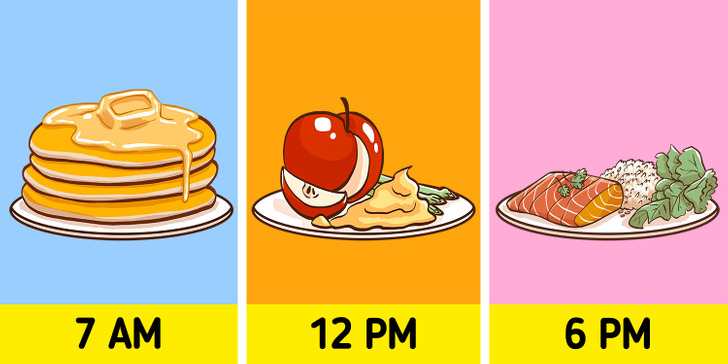
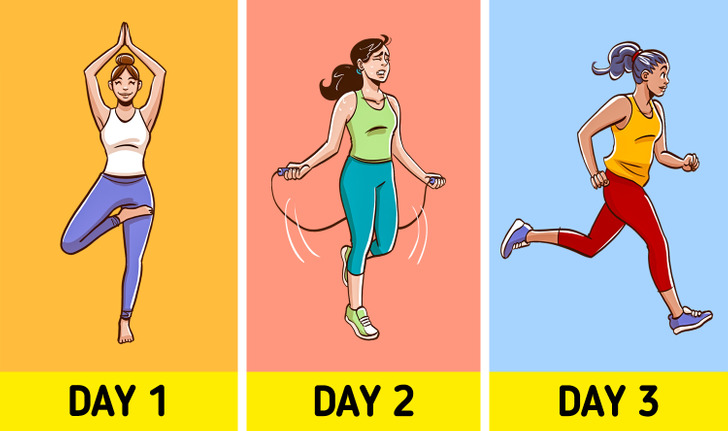
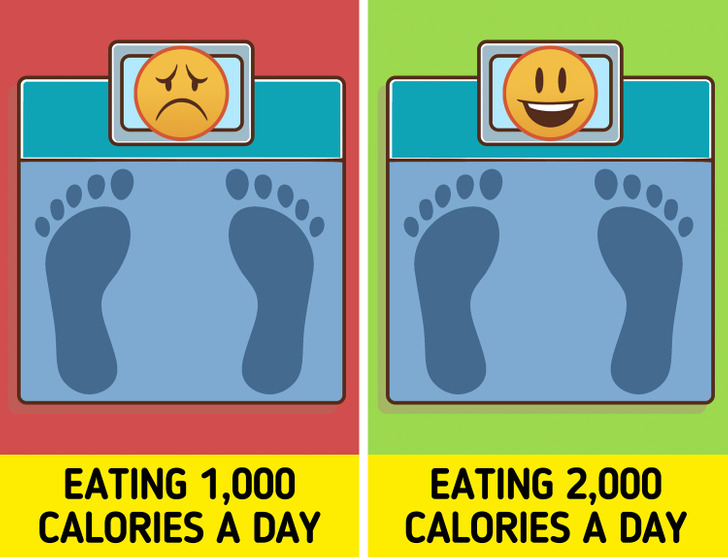
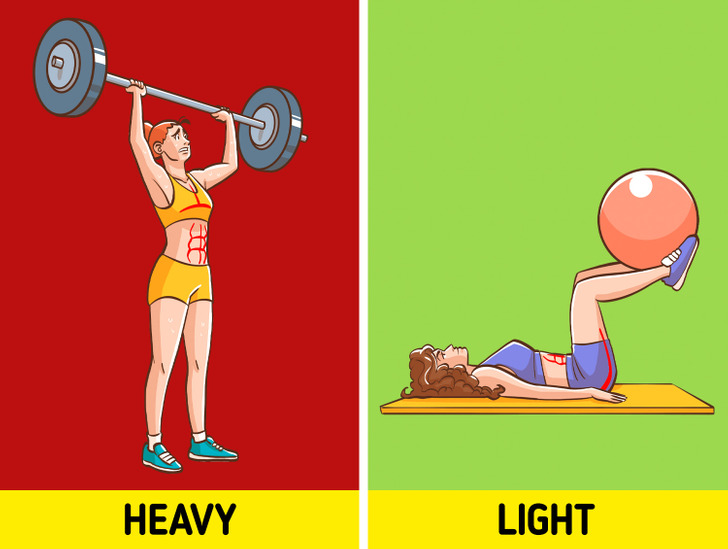
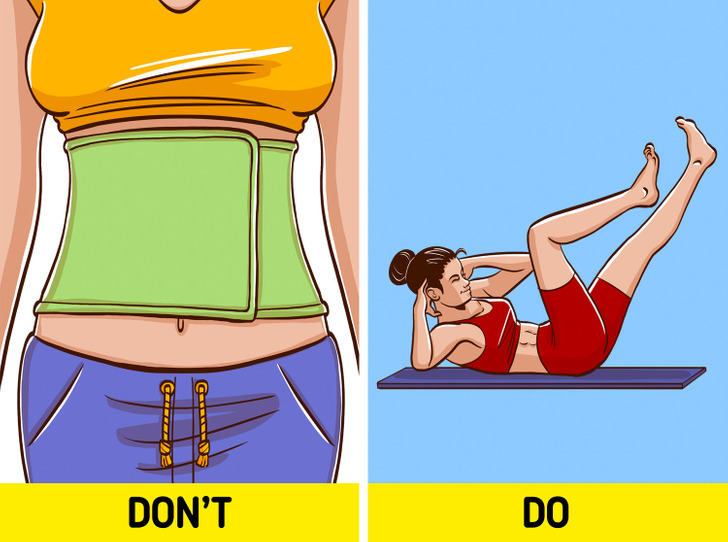
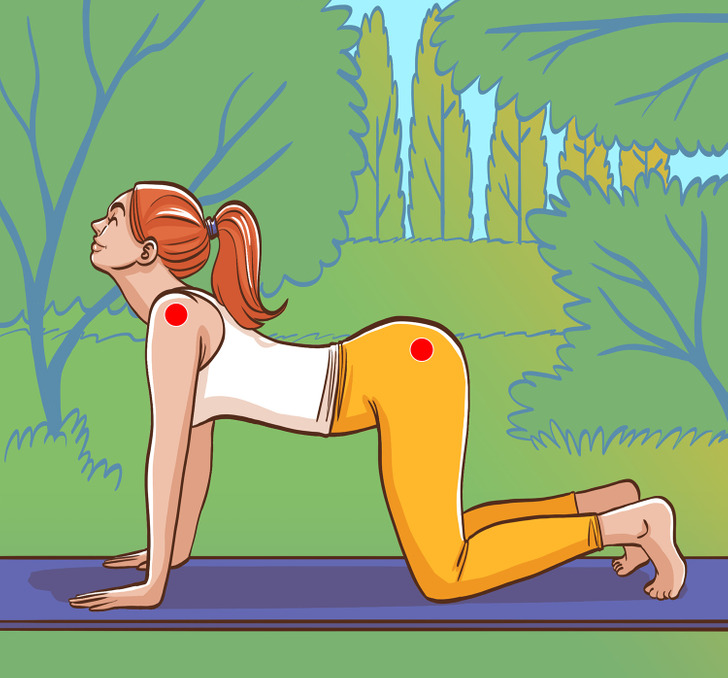
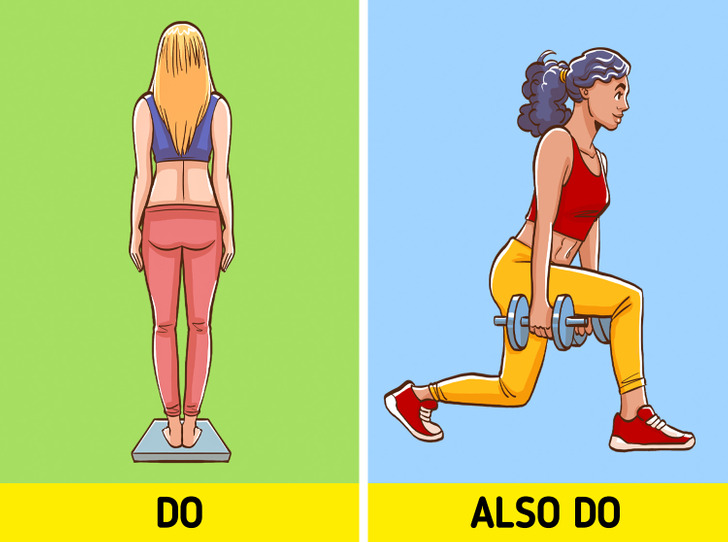
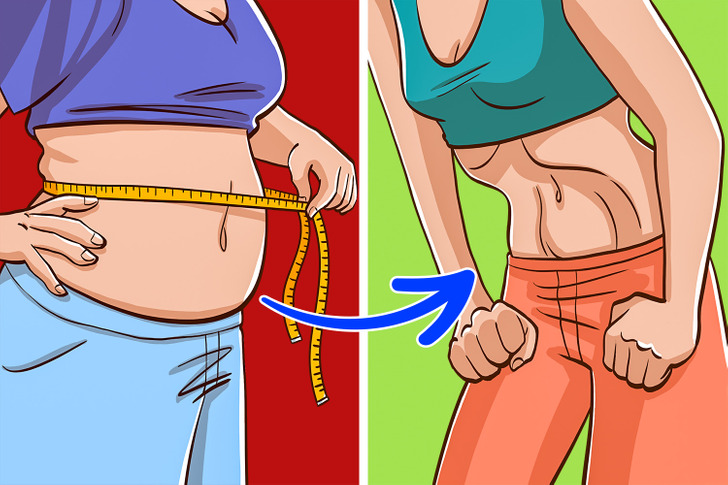
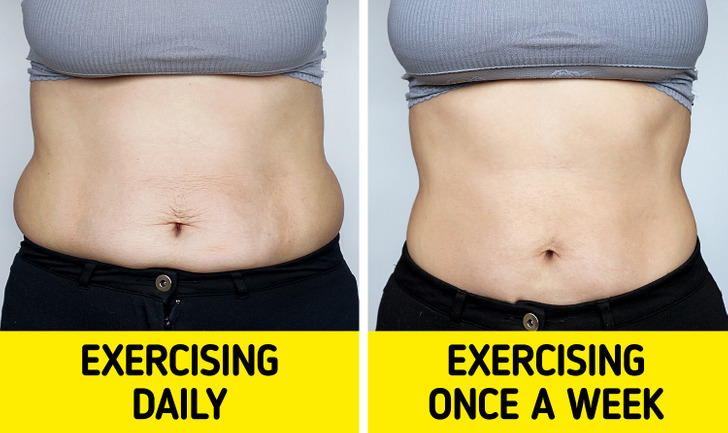
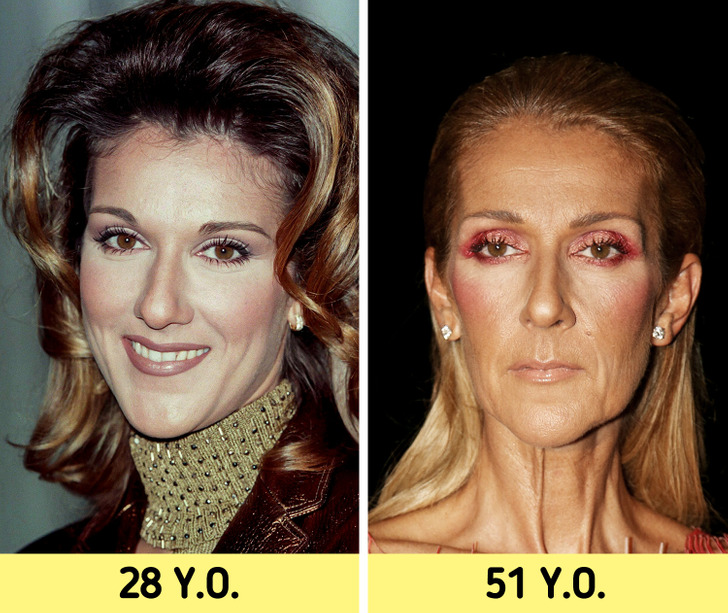

0 comments:
Post a Comment